



Sean O’Connell: "writes itself into the Hollywood history books"
Quentin Tarantino’s fourth film, Kill Bill, reminds us why we, as a collective moviegoing society, wish he’d work more often than he does. The acclaimed director rocketed to cult stardom with Reservoir Dogs and Pulp Fiction, cranked out an overlong homage to film noir in Jackie Brown, and then slid off the filmmaking radar for the better part of six years.
Well, he’s back, serving as the director and screenwriter of a slight story built around a botched assassination and the ensuing desire for revenge. Plot-wise, Kill Bill couldn’t be simpler. The execution, though, is so massive that Tarantino split the movie into two parts, which Miramax will release months apart from each other.
Tarantino may be receiving reams of press for his risky endeavor, but Bill’s real star is Uma Thurman. She plays The Bride, a wispy blonde warrior left for dead by her former boss Bill (David Carradine). Four years later, she snaps out of a coma and swears vengeance on the fiends who shot her in the head. Tarantino asks the world of his leading lady, and Thurman delivers. She rolls her natural vulnerability and newfound butt-kicking passion into a steely ball of adrenaline. The right actress for this role, she effortlessly balances the physical demands of Bill with the lyrical demands of Tarantino’s wordy dialogue.
All praise heaped on Tarantino’s effort comes with a warning, though. Violent beyond comparison, Bill begs you to avert your eyes from the ceaseless bloodshed, and turns your stomach with its celebrated depiction of exaggerated brutality. The ear-slicing scene of Reservoir Dogs and the hypodermic needle sequence in Fiction still don’t prepare you for the carnage Bill brings to the screen.
Yet for every one minute of time you spend revolted by Bill, you spend two minutes enamored with the risks Tarantino takes. An animated sequence only contributes to the onslaught, testing the boundaries of acceptable stylish slaughter. The lengthy fight sequence at The House of Blue Leaves writes itself into the Hollywood history books. Tarantino and legendary kung-fu fight choreographer Woo-ping Yuen repeatedly take Bill ten steps beyond the point of overkill. It’s frequently elegant, but enough quickly becomes enough.
Right at the point you’re ready to throw in the towel and write Bill off as a shameless gore fest, though, something occurs that pulls you right back into the fold. It could be Sonny Chiba’s subtle performance as a samurai master selected to mentor The Bride. It might be Chiaki Kuriyama’s deliciously deadly turn as a 17-year-old assassin dressed as a schoolgirl. More than likely, though, it’s a visual trick conjured up by Tarantino’s imaginative brain. Bill is gorgeous, but unwatchable. It’s absorbing, then vile. With an ounce of restraint, Tarantino could’ve had a masterpiece on his hands. It certainly whets your appetite for Volume 2, though I’m thankful I’ve got until February to rest, wipe the blood off my face, and mentally prepare for another round.

Can you spear me now?
Jeremiah Kipp: "the epitome of soullessness"
The Miramax hype machine was working overtime on Kill Bill, breaking Quentin Tarantino’s epic pastiche of revenge into two volumes. Rather than serve this quasi-retro samurai saga in one three-hour heap, Kill Bill serves itself out in portions. Kill Bill reveals Tarantino as a sham auteur ripping off Hong Kong action flicks and 1970s B-movies for their surface frills. He’s the cinematic equivalent of karaoke or bad photocopies, mindlessly adopting style while forgetting the basic precepts of storytelling.
The look of Kill Bill, courtesy of Oliver Stone’s ace cinematographer Robert Richardson, neatly approximates the grimy drive-in quality of the Shaw brothers and whoever else Tarantino stumbled upon in the video store and the midnight showcase. But it only serves to highlight the vapidity of Kill Bill, a movie without characters and a plot in spin-cycle. Volume 1 offers us five out of the ten chapters detailing the revenge of a gung-ho assassin named The Bride (Uma Thurman). Her former teammates, led by Bill (David Carradine, mostly absent from Volume 1), attempt to blow her away at her wedding – and kill all the wedding guests and her fiancée in the process. They fail, and when The Bride wakes up from her coma she’s ready to kick some ass.
That’s pretty much all you need to know about Kill Bill. The arbitrary chapters leap back and forth in time, and could be shuffled together in any order approximating the same thing: mindless, vapid slaughter. Chapter One: This bad angel swoops in to open up a can of whoop-ass on Los Angeles housewife/psycho killah Vernita Green (Viveca A. Fox). Before we’ve built up any interest or sympathies, The Bride and Vernita go mad-dog-crazy, smashing up furniture (and each other) in a domestic bloodbath.
Hold the phone for one moment. QT is getting a rise out of the slaughter, but there are at least five problems to be seen right off the bat. 1) He’s replicating action scenes he’s seen before, and working so hard at being cool (kittenish one-liners; been-there-done-that spin kicks; surprise gunshots) that you come to realize, you shouldn’t have to work at being cool. 2) Vernita’s four-year-old daughter wanders into the fray, and the two fighters politely stop and wait for her to go to her room. Its fake polite, and the child actor is directed so poorly it’s as though she’s an automaton. Mommy might get killed, but what’s on TV? That’s not just stupid – it’s simplistic. 3) Uma Thurman lacks the screen presence of a charged Charles Bronson or Bruce Lee; her aquiline nose and lanky body are better suited for modeling than dealing out death. 4) QT clearly gets off on girls fighting each other, but he lacks adult sensuality in favor of a teenager’s drool. 5) The outcome of the match is inconsequential, since The Bride and Vernita are both presented as unsympathetic, detached, and cold blooded.
QT obviously learned nothing from the best scenes of Jackie Brown, which weren’t the shootouts. They were the slow-developing relationship between screen icons Pam Grier and Robert Forster, who brought a warmth and humanity to QT’s hipster-isms. That’s drained bone dry in Kill Bill. Tarantino shows how much he’s familiar with other movies, without crafting one of his own: The Bride drives around a gaudy car called the “Pussy Wagon”; villainess Lucy Liu slices off an enemy’s head after delivering a lengthy monologue on mob etiquette; Liu’s gang includes a Japanese schoolgirl minx. And at the end of the day, big deal! Tarantino assembles a list of his favorite things, and nearly breaks his arm patting himself on the back for it. His smugness infects every scene, and Kill Bill becomes a joyless joy ride through a fan boy’s world. Who wants to see a movie made by Comic Book Guy from The Simpsons?
The epitome of soullessness is The Bride battling her way through Lucy Liu’s gang in the already over-appreciated “House of Blue Leaves” sequence. Notorious? Hardly. It’s a padded version of the Black Knight scene from Monty Python and the Holy Grail, with limbs and spurts of blood flying through the air as The Bride kills everybody. There’s no recklessness to it. Everything’s too prescribed, too self-aware, too cool, and therefore too aloof and detached to be actually, God forbid, fun. When Uma Thurman and Lucy Liu run through the “Silly rabbit, Trix are for kids!” dialogue from Saturday morning cartoon commercials, it’s a meaningless bit of hipster jargon that has nothing to do with anything. That’s infuriating, because Kill Bill says in that moment that it’s about nothing other than posing. Will audiences care, and will they line up for more flotsam and jetsam in Kill Bill Volume 2?
Don’t give Harvey Weinstein, Miramax, and Quentin Tarantino the satisfaction of ripping you off. They’re charging you twice as much for an incomplete movie, a soulless riff, a hipster machine coasting on the tired fumes of Tarantino’s former glory. Jack Black talks about The Man in The School of Rock, saying that we should fight The Man and reclaim our independence. Well, independent film in the form of Quentin, Harvey, Miramax and Kill Bill is The Man. Don’t let them sucker you.
The DVD offers scant extras, including two live performances by The 5, 6, 7, 8s (the trio of Japanese girls that perform at the House of Blue Leaves) and the usual making-of documentary, wherein Uma Thurman promptly misinterprets the movie by telling us it’s about redemption. (Sorry Uma, it’s about revenge. "Redemption" is doing something good to atone for past sins, not killing a bunch of people out of spite.) I guess you’ll have to wait for the box set to get the real extras!
Review by Sean O’Connell and Jeremiah Kipp © 2003 filmcritic.com

















![Fox Theater San Francisco June 1962 Trapeze, The Vikings and Time Machine Marquee Photo [240218-39]](https://www.filmfetish.com/img/p/2024/03/240218-39-13x19-web-170x170.jpg)
![Claudia Jennings ‘Gator Bait Publicity Photo [210906-0070]](https://www.filmfetish.com/img/p/2021/11/210906-0070-claudia-jennings-13x19-web-170x170.jpg)

![Stereo Vision (Gayety) Adult Theater and Sweden Book Shop Baltimore 1977 Photo Print [210907-66]](https://www.filmfetish.com/img/p/2021/10/210907-0066-19x13-web-170x170.jpg)











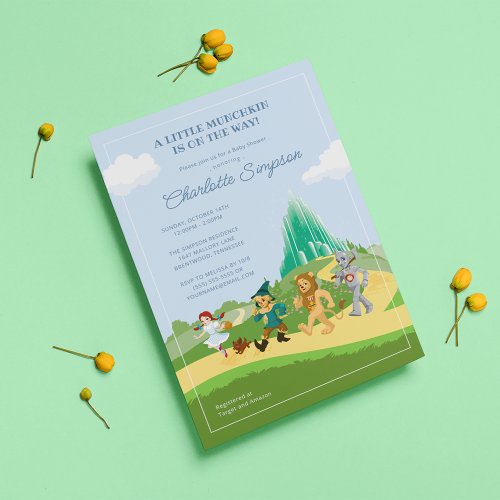
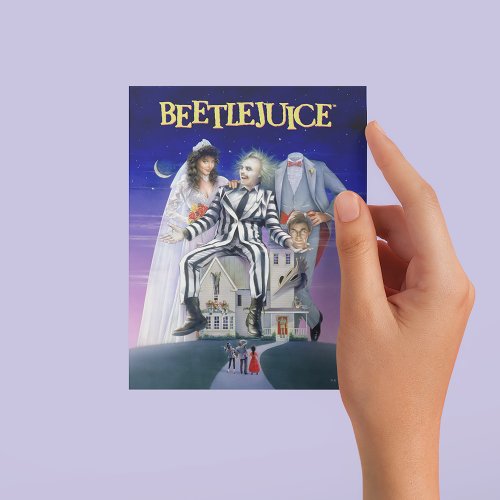
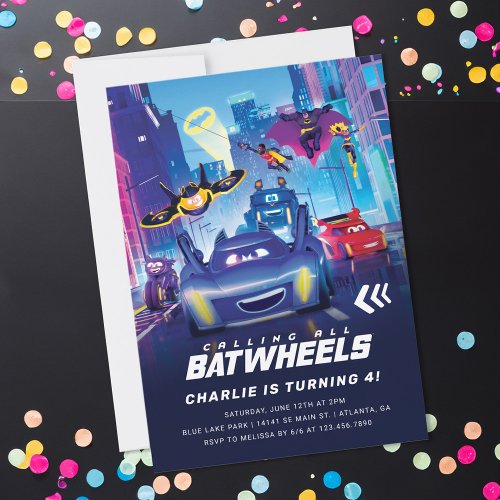
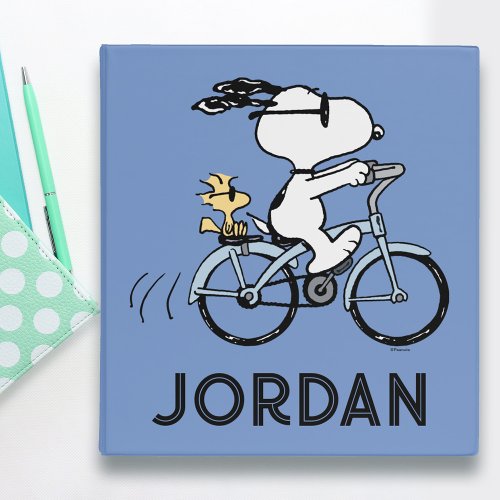


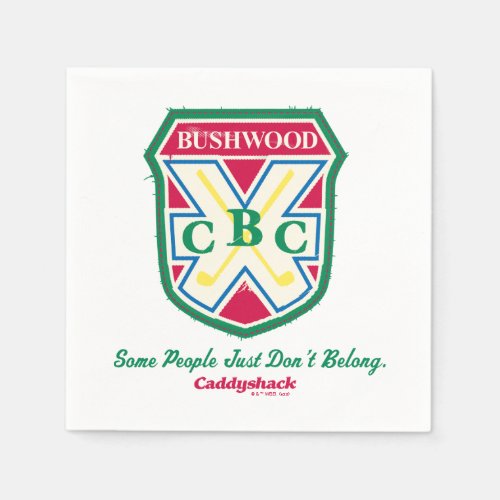


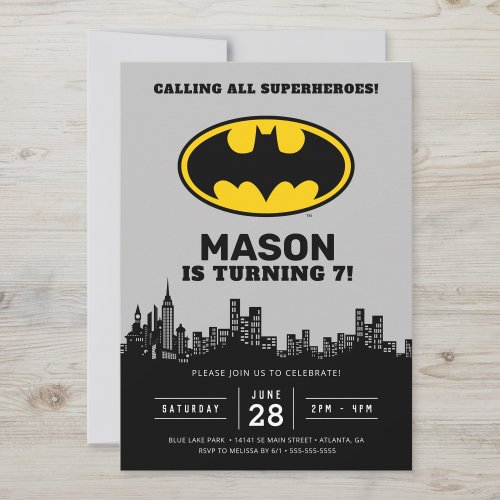
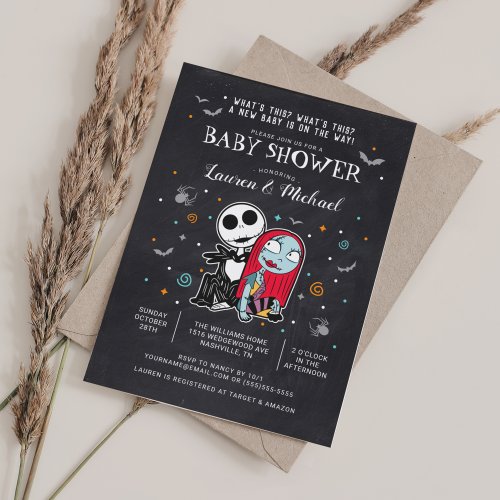
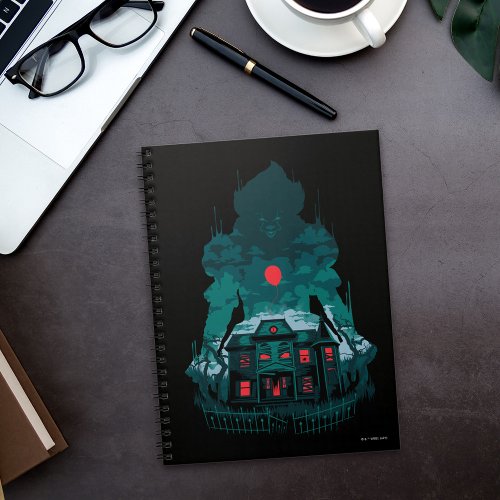


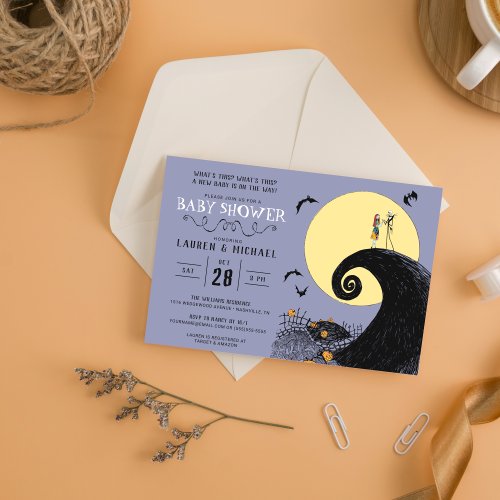
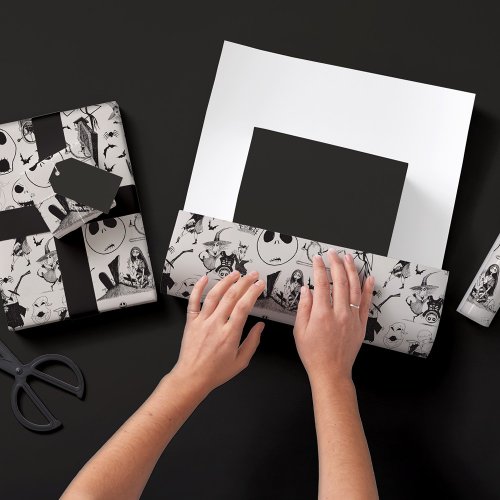
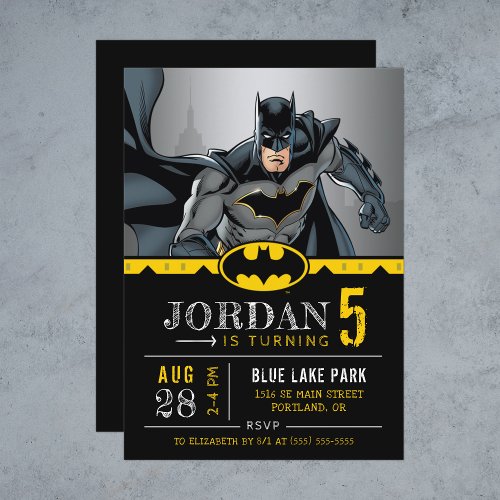

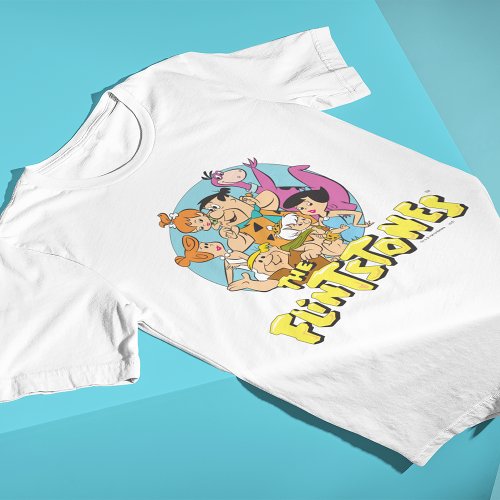
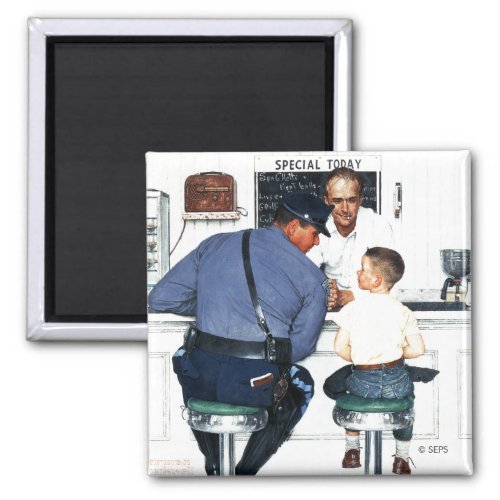
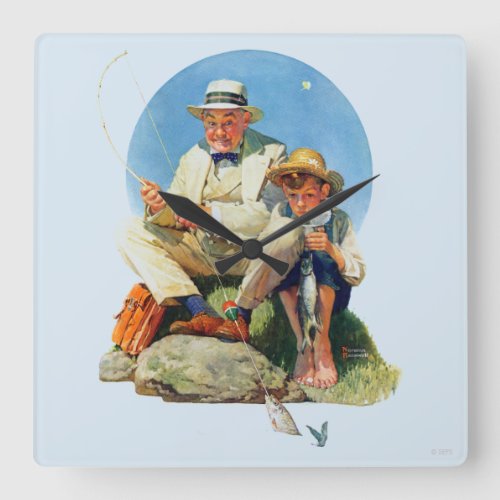
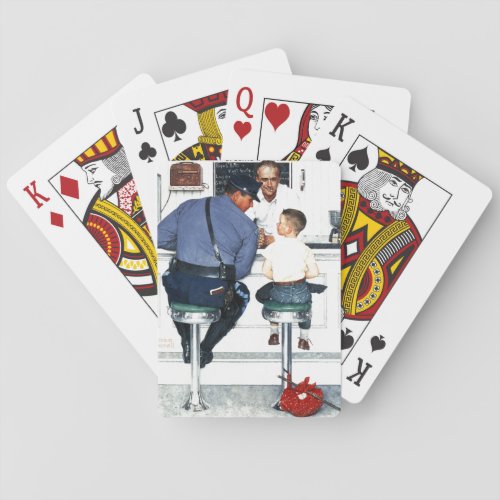
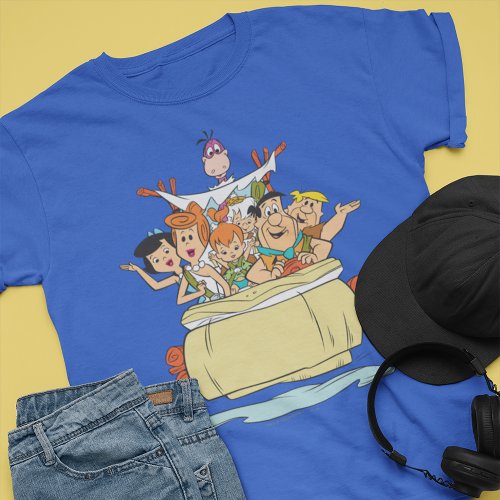


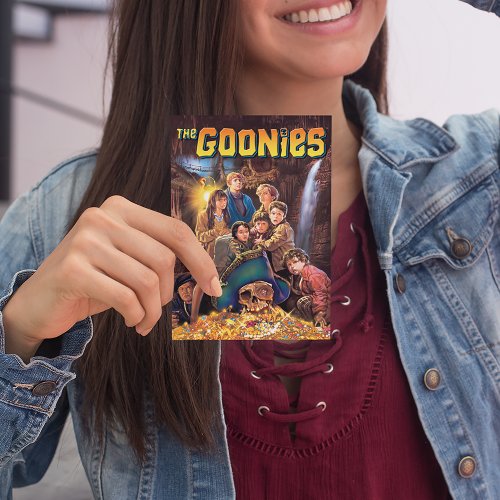
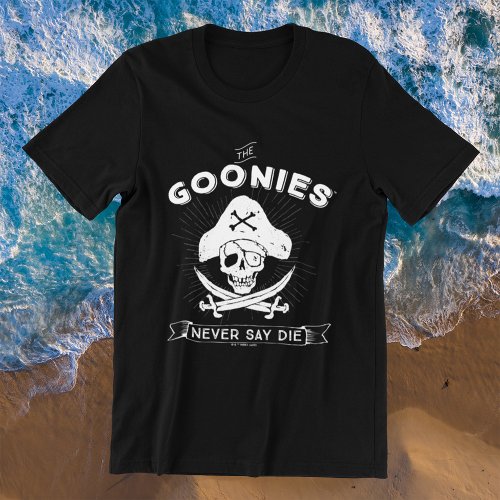


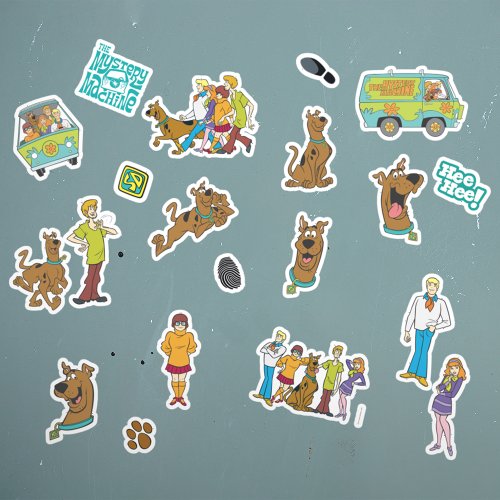





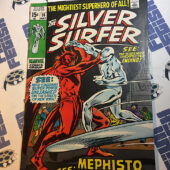
![A Town Called Hell Original 27×41 inch Movie Poster (1971) Telly Savalas, Robert Shaw [C61]](https://www.filmfetish.com/img/p/2020/12/a-town-called-hell-poster-c61-01-170x170.jpg)

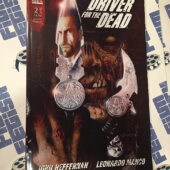
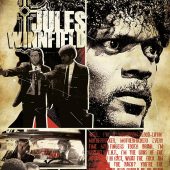

![The Lost Boys Original Motion Picture Soundtrack Cassette Tape [U65]](https://www.filmfetish.com/img/p/2021/08/lost-boys-soundtrack-u65-00002-170x170.jpg)